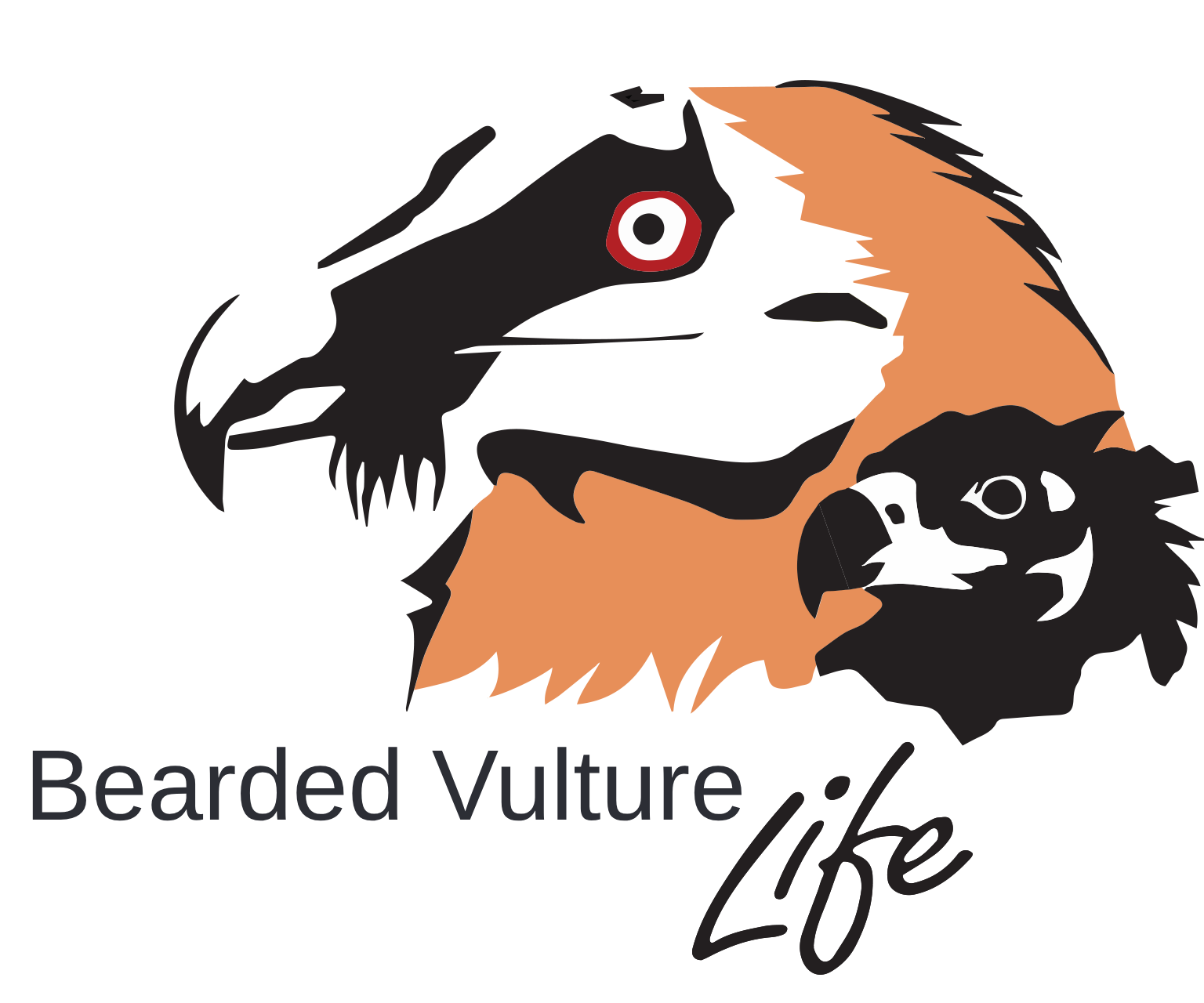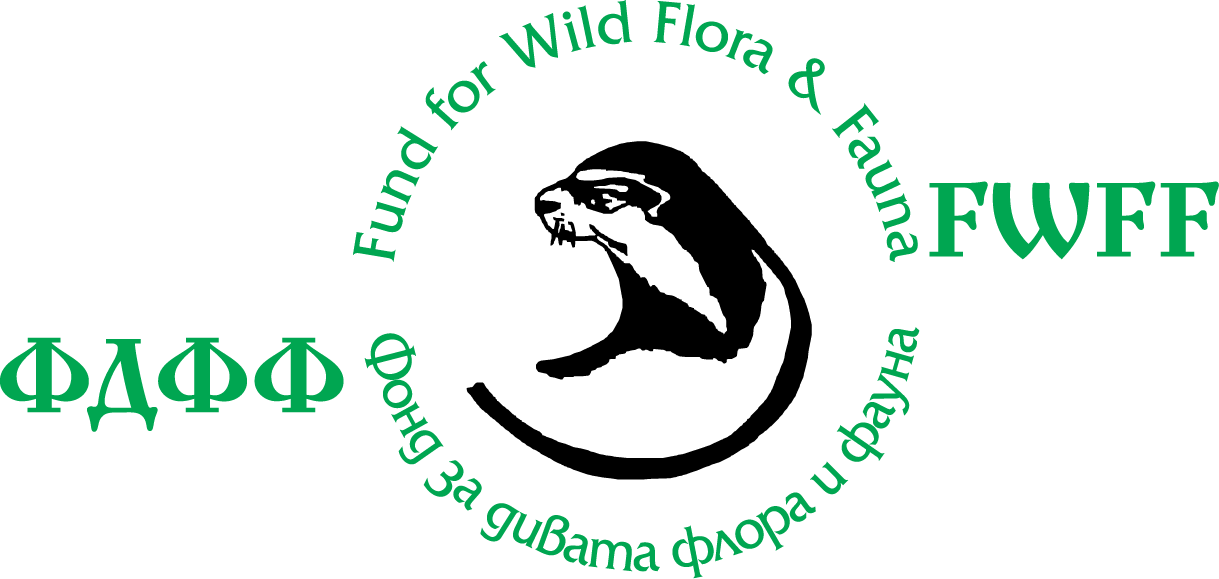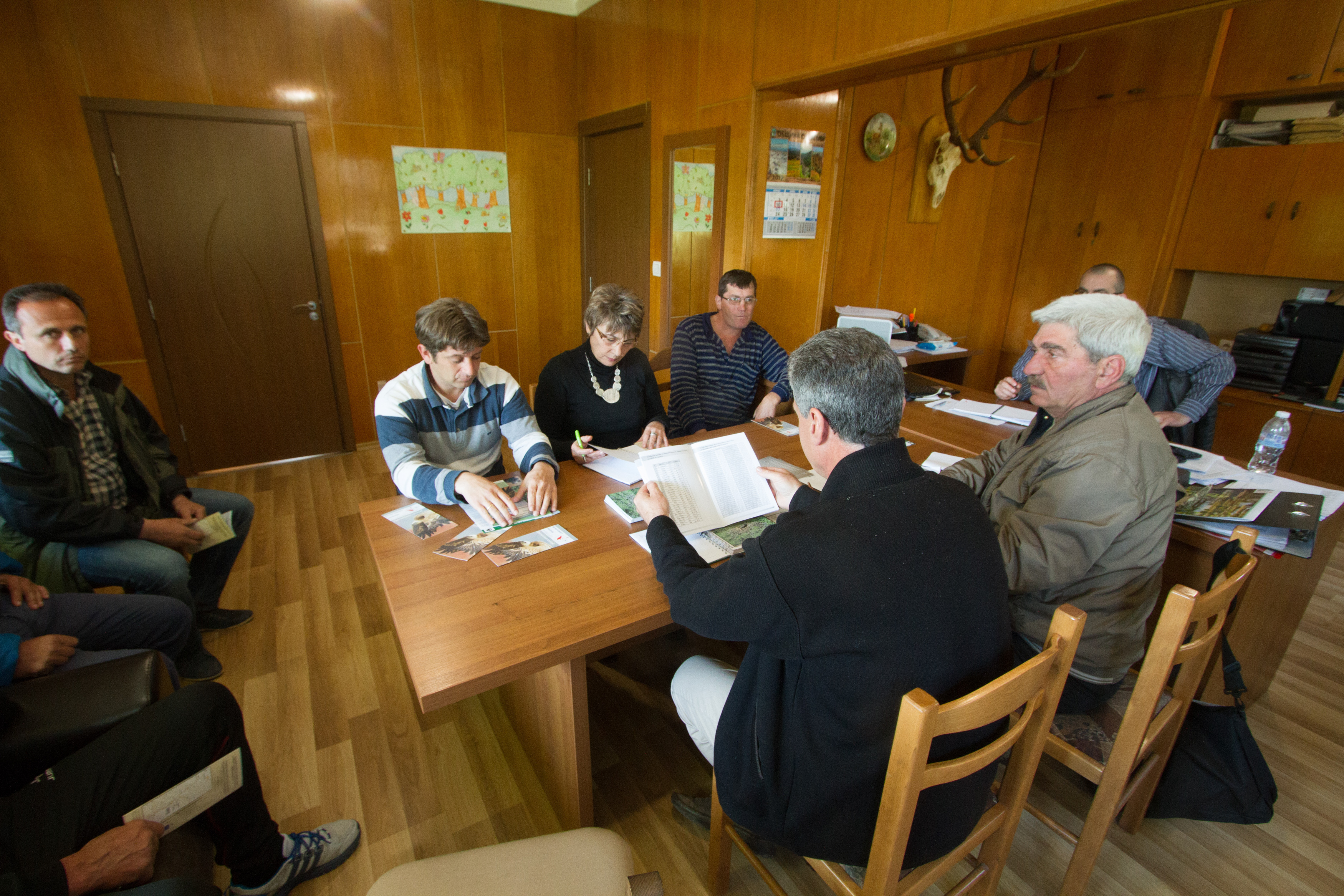Secondary threats
Secondary threats
Threat
- Unintentional poisoning (lead) – is considered a high-priority threat in practically every European country where the target species occurs and is in need of further investigation in the Balkans.
- Human disturbance – a range of human activities (forestry operations, hunting, mountaineering, climbing, and recreational aviation, such as paragliding) developments and construction, carried out in close proximity to nesting sites may have a negative impact on breeding success and cause abandonment of previously successful nests. Disturbance does not only influence success in a breeding season but can also lead to changes in distribution patterns and even changes in individual behavior;
- Unintentional poisoning (NSAIDs) – the most significant threat to the vultures in South Asia is the veterinary use of diclofenac, causing mass mortality through ingestion of contaminated carcasses and resultant kidney failure.
- Collision with energy-generating infrastructure (wind farms) – the proliferation of wind farms in various parts of the species’ range should be closely monitored to assess and record any impact on the species;
- Genetic bottlenecks – small, isolated populations could suffer a reduction in genetic diversity, which could influence breeding success and the long-term survival of such populations unless they are carefully managed. This also applies to re-introduced populations in areas where genetic exchange with existing wild populations is unlikely;
- Climate change – it is predicted that species breeding at higher altitudes, such as the BV, may experience range contractions due to increased temperatures. Cinereous Vulture may lose foraging and breeding habitat due to desertification and/or forest fires, but also due to a direct decrease of livestock breeding as a climate change mitigation action or incompatibility.
Combating threat in the project
- Providing a series of training courses (within the Wildlife Crime Academy) to increase the capacity of the authorities to deal with cases of wildlife crime, strengthen institutional engagement, and increase the efficiency of the response. Observe and push the investigations by controlling authorities’ reactions and jobs, training them on-site, and building good relationships and trust with the crew.
- Providing wide-scale public information campaigns, presentations and demonstration events to raise awareness, sensitize on the problem of secondary poisoning and wildlife crime, and foster interest and sense of ownership. Project staff will attend various festivals, fairs, and exhibitions to present the project progress and results and will disseminate printed materials and project merchandise. Particular target groups (farmers, hunters, etc.) will be approached through face-to-face meetings and conversations, to also increase their awareness and sensitivity and prevent accidental poisoning, wildlife crime and poaching.
- Closely watching out for and reacting immediately at harmful hunting activities, wind farm plans and tourist activities in the home ranges of the target species and project area, and the use of diclofenac in the Balkans. Replacement of lead ammunition with safe alternatives will be encouraged.
- Collecting geospatial data on vulture movements provides valuable information on climate change’s evidence and its impact on wildlife and ecosystems, offering up-to-date insights.
You too can help the vultures
„Bearded Vulture LIFE” is co-financed with 80% by the EU programme LIFE and French Bioparc Conservation and Sainte – Croix Biodiversite.
For the remaining 20% we need your help.
Together we can help the restoration and survival of these endangered birds in our skies!




